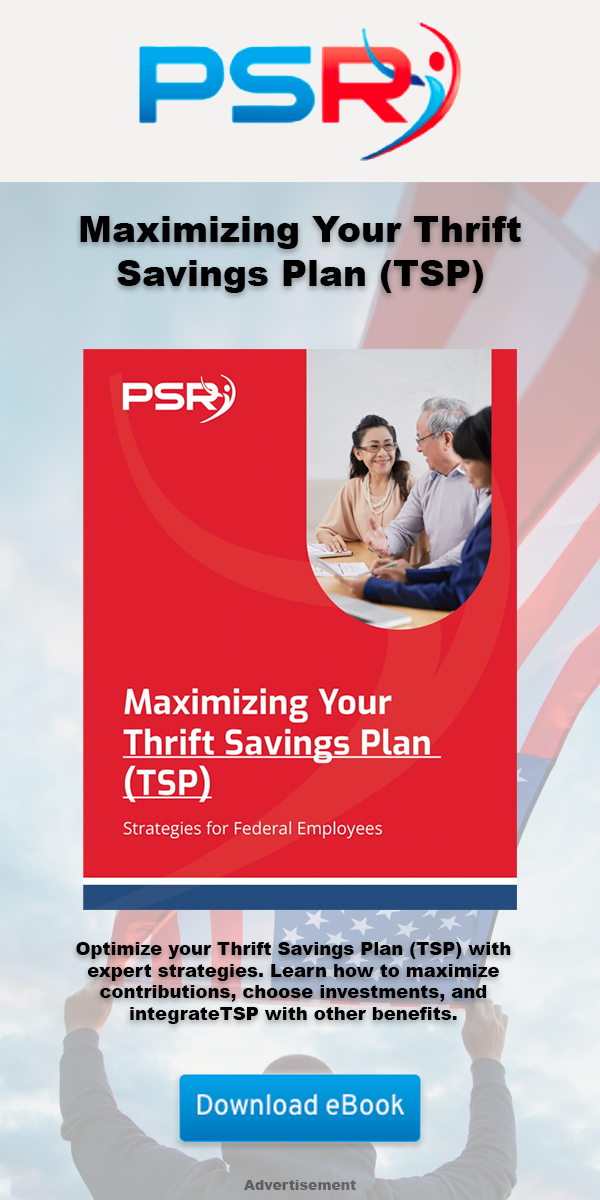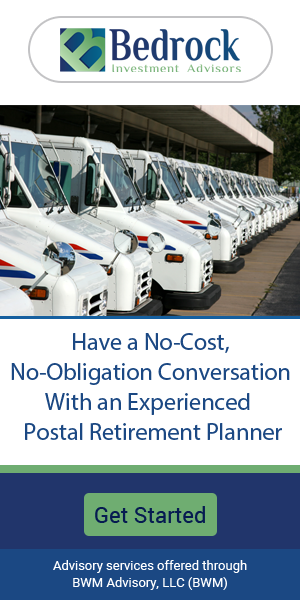Key Takeaways
- Understanding and implementing effective Roth IRA withdrawal strategies can help maximize your retirement income and tax benefits.
- This guide covers various strategies to optimize your Roth IRA withdrawals in retirement.
Here are Some Roth IRA Withdrawal Strategies While in Retirement
Retirement is a time to enjoy the fruits of your labor, and effectively managing your Roth IRA withdrawals can help ensure financial security and peace of mind. Unlike Traditional IRAs and 401(k) plans, Roth IRAs offer tax-free withdrawals and no required minimum distributions (RMDs) during the account holder’s lifetime, providing unparalleled flexibility. This guide explores several strategies to help you optimize your Roth IRA withdrawals in retirement.
Prioritize Tax-Free Withdrawals for Greater Flexibility
- Also Read: Law Enforcement Retires Early—But Not Without These Rarely Mentioned Tradeoffs
- Also Read: Why the FERS Supplement Is Still a Lifeline for Early Retirees—But a Risky One
- Also Read: You May Be Eligible for Medicare Soon—Here’s How It Affects Your Other Coverage
1. Conditions for Tax-Free Withdrawals: To qualify for tax-free withdrawals, your Roth IRA must have been open for at least five years, and you must be at least 59½ years old. If these conditions are met, all withdrawals, including earnings, are tax-free.
2. Maximizing Flexibility: Since withdrawals are tax-free, you can use Roth IRA funds without worrying about increasing your taxable income. This can be particularly advantageous for managing your tax bracket and avoiding taxes on other retirement income sources, such as Social Security benefits.
3. Emergency Fund: Keep a portion of your Roth IRA as an emergency fund. The flexibility of tax-free withdrawals allows you to access funds quickly without incurring taxes or penalties, providing financial security in case of unexpected expenses.
Coordinating Withdrawals with Other Retirement Income
Coordinating Roth IRA withdrawals with other sources of retirement income can help manage your overall tax liability and ensure a steady income stream.
1. Social Security Benefits: Roth IRA withdrawals do not count as taxable income, which can help keep your income below the thresholds that trigger taxes on Social Security benefits. By using Roth IRA funds to supplement your income, you can minimize the tax impact on your Social Security benefits.
2. Traditional IRA and 401(k) Distributions: Strategically withdraw from your Traditional IRA or 401(k) first, which are subject to ordinary income tax, before tapping into your Roth IRA. This can help manage your taxable income and defer tax-free Roth IRA withdrawals until later in retirement when they may be more beneficial.
3. Annuities and Pensions: Consider the timing and amount of withdrawals from annuities and pensions. Using Roth IRA withdrawals to supplement these income sources can provide tax-free cash flow while managing your overall tax burden.
Utilizing Roth IRA Withdrawals to Manage Tax Brackets
Effective tax bracket management is crucial in retirement to minimize taxes and maximize after-tax income. Roth IRA withdrawals can play a key role in this strategy.
1. Balancing Taxable and Non-Taxable Income: Use Roth IRA withdrawals to balance your taxable and non-taxable income. For example, if you are approaching the upper limit of your current tax bracket, use Roth IRA funds to avoid pushing yourself into a higher bracket.
2. Filling the Bracket: If you find yourself in a lower tax bracket in a given year, consider converting Traditional IRA funds to a Roth IRA or taking larger distributions from your Traditional IRA up to the top of your current bracket. This can help manage future taxes and optimize your overall tax strategy.
3. Minimizing Required Minimum Distributions: While Roth IRAs do not have RMDs, Traditional IRAs and 401(k)s do. By strategically converting these accounts to a Roth IRA, you can reduce future RMDs and manage your taxable income more effectively.
Strategic Timing: When to Tap into Your Roth IRA
Timing your Roth IRA withdrawals strategically can help maximize the benefits of your retirement savings.
1. Early Retirement: If you retire before age 59½, consider using other sources of income first to allow your Roth IRA to continue growing tax-free. Once you reach 59½ and meet the five-year rule, you can begin taking tax-free withdrawals.
2. Market Conditions: Consider market conditions when deciding when to withdraw from your Roth IRA. During market downturns, you may want to minimize withdrawals to allow your investments time to recover. Conversely, during market upswings, taking distributions can lock in gains and provide needed cash flow.
3. Health Considerations: Plan for potential healthcare expenses by keeping your Roth IRA available for large, unexpected medical bills. Since withdrawals are tax-free, they won’t increase your taxable income or affect your Medicare premiums.
Using Roth IRA Funds for Large, One-Time Expenses
Roth IRA funds can be particularly useful for covering large, one-time expenses in retirement without triggering significant tax consequences.
1. Home Repairs or Renovations: If you need to make significant home repairs or renovations, using Roth IRA funds can help cover these costs without affecting your taxable income. This can be especially beneficial if you plan to age in place and need to make your home more accessible.
2. Travel or Major Purchases: For those who want to travel extensively or make a major purchase in retirement, Roth IRA withdrawals can provide the necessary funds without increasing your tax liability. This allows you to enjoy your retirement without worrying about the tax implications of large withdrawals.
3. Family Support: If you wish to provide financial support to family members, such as helping with a grandchild’s education or assisting with a down payment on a home, using Roth IRA funds can enable you to do so without incurring additional taxes.
Combining Roth IRA Withdrawals with Required Minimum Distributions (RMDs) from Other Accounts
While Roth IRAs do not have RMDs, other retirement accounts do. Combining Roth IRA withdrawals with RMDs can create an effective withdrawal strategy.
1. Satisfying RMDs First: Always satisfy your RMDs from Traditional IRAs and 401(k) plans first, as failing to take RMDs can result in hefty penalties. Use Roth IRA withdrawals to supplement your income if needed.
2. Reducing RMD Impact: Consider converting portions of your Traditional IRA or 401(k) to a Roth IRA to reduce future RMDs. This can help lower your taxable income in future years and provide more tax-free income through your Roth IRA.
3. Coordinated Withdrawal Plan: Develop a coordinated withdrawal plan that considers your RMDs, Roth IRA withdrawals, and other income sources. This comprehensive strategy can help you manage your tax liability and ensure a steady income stream throughout retirement.
Estate Planning Considerations for Roth IRA Withdrawals
Roth IRAs can play a significant role in estate planning, offering tax advantages and flexibility for your heirs.
1. Leaving a Tax-Free Inheritance: Roth IRAs can be a valuable asset to leave to your heirs, as withdrawals from an inherited Roth IRA are tax-free, provided the account meets the five-year rule. This can provide significant financial benefits to your beneficiaries.
2. Stretch IRA Strategy: Eligible designated beneficiaries, such as spouses, minor children, and disabled individuals, can take advantage of the stretch IRA strategy, allowing them to take distributions over their lifetimes. This can maximize the tax-free growth of the inherited Roth IRA.
3. Minimizing Estate Taxes: While Roth IRAs are not subject to income taxes, they are included in your estate for estate tax purposes. Consider strategies such as gifting or converting other assets to reduce the overall value of your estate and minimize estate taxes.
Conclusion
Effective Roth IRA withdrawal strategies can help you maximize your retirement income, manage your tax liability, and provide financial security. By prioritizing tax-free withdrawals, coordinating with other income sources, managing tax brackets, timing withdrawals strategically, using funds for large expenses, combining withdrawals with RMDs, and considering estate planning implications, you can make the most of your Roth IRA in retirement. With careful planning and a well-thought-out strategy, you can ensure a comfortable and financially secure retirement.













